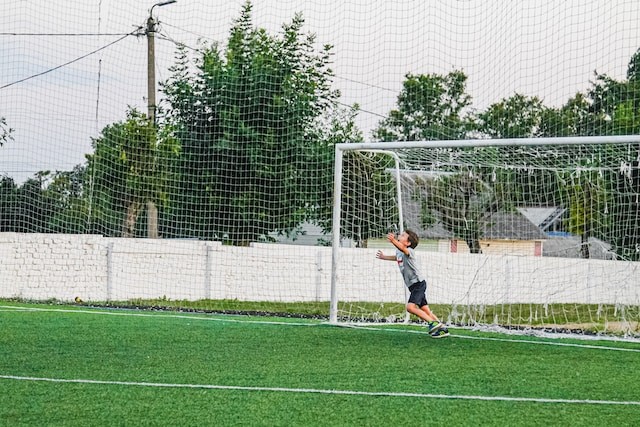The Future of Sports Surfaces: Synthetic vs. Natural

Sports surfaces play a crucial role in the overall experience and performance of athletes. As a leading provider of sports infrastructure solutions, Amico Sports understands the importance of choosing the right surface for any sporting activity. In this blog, we will explore the advantages and disadvantages of two main types of sports surfaces: synthetic and natural, and discuss the future trends and developments in sports surfaces
Advantages and Disadvantages of Synthetic Surfaces
Synthetic surfaces are made of various materials such as rubber, plastic, and foam, which provide a consistent and durable playing surface. One of the key advantages of synthetic surfaces is their low maintenance requirement, making them cost-effective in the long run. However, the initial cost of installation can be high, and some synthetic surfaces may pose potential health risks due to chemicals used in their manufacturing. Moreover, synthetic surfaces lack the natural feel of grass, which can affect the overall experience for some athletes.
Advantages and Disadvantages of Natural Surfaces
Natural surfaces, typically made of grass or clay, provide a natural feel and environmentally friendly option for sports surfaces. Natural surfaces are also cost-effective and have a lower risk of potential health hazards. However, natural surfaces are prone to weather damage and require higher maintenance, making them less durable and consistent than synthetic surfaces.
Factors to Consider when Choosing between Synthetic and Natural Surfaces
When choosing between synthetic and natural surfaces, several factors must be taken into account, such as climate and weather conditions, performance requirements, maintenance and cost, environmental impact, and user safety and comfort. For example, synthetic surfaces may be better suited for outdoor sports that require consistent performance in different weather conditions, while natural surfaces may be more appropriate for indoor sports where the environment can be controlled.
Future Trends and Developments in Sports Surfaces
As technology advances, sports surfaces will continue to evolve, with advancements in synthetic surface technology and increased focus on environmentally-friendly natural surfaces. Hybrid surfaces that combine the best of both worlds are also gaining popularity, offering a balance between natural feel and durability. Sustainability and safety will remain key considerations in the development of new sports surfaces, as the industry moves towards more eco-friendly and health-conscious solutions.
Conclusion
Choosing the right sports surface is crucial for the overall experience and performance of athletes. Synthetic and natural surfaces both have their advantages and disadvantages, and the choice ultimately depends on several factors specific to each sporting activity. At Amico Sports, we offer a wide range of sports infrastructure solutions, including synthetic and natural surfaces, to cater to the diverse needs of our clients. As the future of sports surfaces continues to evolve, we remain committed to providing cutting-edge and sustainable solutions to our clients.